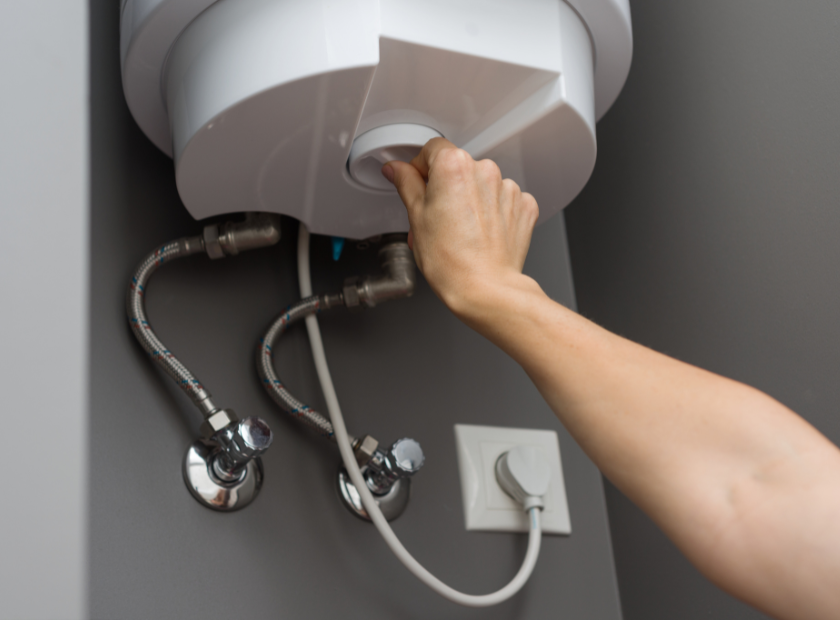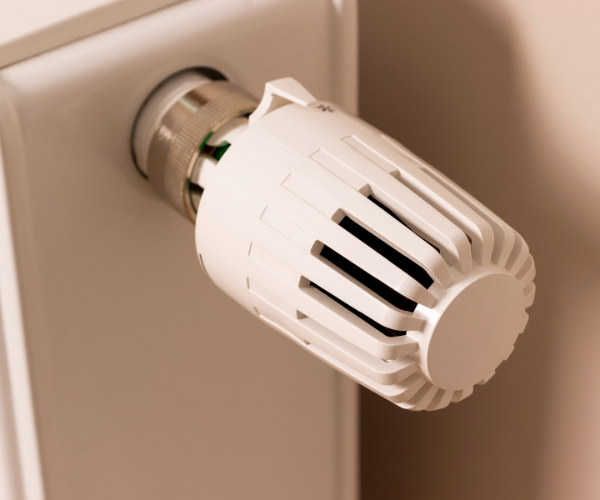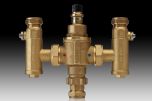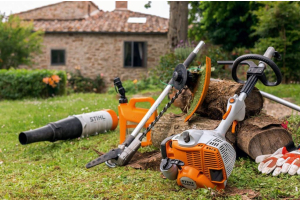How To Repressurise A Boiler - Our Guide To Perfect Pressure

If you've found yourself without heating or hot water - your boiler could be losing water pressure. Boiler problems can be incredibly inconvenient (not to mention expensive) but knowing how to fix boiler pressure can help save you time and money.
Luckily, low boiler pressure is easy to spot and relatively simple to fix. In fact, you can stop your boiler from losing pressure at home yourself. In this blog, we'll give you all the advice and tools you need to repressurise your boiler.
How To Check Pressure On A Boiler
If you're experiencing issues with your central heating system, that could be the first clue that it's time to re-pressurise your boiler, and knowing how to check boiler pressure is essential. The first step is to check the water pressure gauge on the front of your boiler. Different types of boilers have different pressure gauges, so be sure to take a look at the user instructions for your boiler.
For a digital gauge, the boiler pressure is usually available in bars - if the reading is less than 1 bar then your boiler is experiencing low pressure. If you have a hydraulic gauge, then your boiler reading is most likely a dial. If the needle is in the red section on the left-hand side, then the boiler pressure is too low.

What Is The Right Boiler Pressure?
The ideal reading is between 1 and 1.5 bars, anything below this would be low pressure while anything above 2.75 bars is considered high pressure. Knowing how to increase boiler pressure is fairly simple, however, high pressure can be tricky to fix and even dangerous.
The heating system may be overfilled with water or the pressure release devices on the boiler might be failing. The best way to take care of high boiler pressure is to get in touch with a qualified engineer as soon as possible.
What Causes Low Boiler Pressure?
There are two main culprits that may be causing low boiler pressure. One of the main causes is bleeding your radiators. While it's important to bleed radiators, make sure you always repressurise your boiler afterwards.
Another problem that can cause low water pressure are leaks in your heating system - so be sure to watch out for damp patches around your pipes, radiators, and boiler. These leaks may not be noticeable right away, and reduce your water pressure over time.
Sealing these leaks is a surefire way to quickly fix pressure issues, and the Fernox F4 Leak Sealer is a simple solution that works fantastically. The sigma protector valve also works to keep your boiler in good working order by fighting limescale and corrosion.

How To Repressurise Your Boiler
Before you attempt to repressurise the boiler, it's important to consult the manufacturer's instructions. Most manufacturers have informational guides on their websites to assist you, so make sure to check for a step-by-step guide.
In simple terms, repressurising your boiler allows more water to enter the system - most combi boilers will rely on an external filling loop to do this. If you have a filling loop, the basic steps are:
- Switch off the boiler and leave it to cool down
- Check the filling loop (a flexible silver pipe with two valves: one at each end) and ensure both ends are attached securely
- Open the two valves - you will be able to hear cold water entering the system
- Keep both valves open until the pressure reading is up to 1.5 bars
- Close the valves
- Switch the boiler back on, you might have to press the reset button
- Undo the filling loop and remove it from the pipes, taking care to catch any spilt water.
How To Repressurise A Worcester Boiler
While most boilers use a filling loop, a Worcester Bosch boiler is slightly different and uses an external filling key. If you have a pressure key:
- Switch off the boiler and allow it to cool
- Find the concealed tray under the boiler and locate the key and slot
- Then insert the key into the slot and ensure it lines up with the 'open padlock signal'
- Push the key in firmly and turn to the 'closed padlock' sign
- Turn the white square nut clockwise and allow cold water to flow into the boiler until the pressure rises to 1.5 bars
- Turn the nut clockwise until the water stops flowing
- Turn the key back to the 'open padlock' signal and be sure to catch any water before turning the boiler back on.
If you have any concerns about your boiler system or have high pressure, be sure to call out a Gas Safe registered engineer rather than attempting to fix the boiler yourself.
Did You Know We Can Supply Boilers?
We understand that efficient heating is more important than ever, and if it's time to replace your old boiler, we have it covered. We source top-performing boilers from the best brands available and are able to procure them on demand. Find out more about how we can help you revolutionise your heating system and enquire now.
- Worcester Bosch
- Grant boilers
- Baxi Heating
- Ideal Heating
- Main heating
- Alpha Boilers










